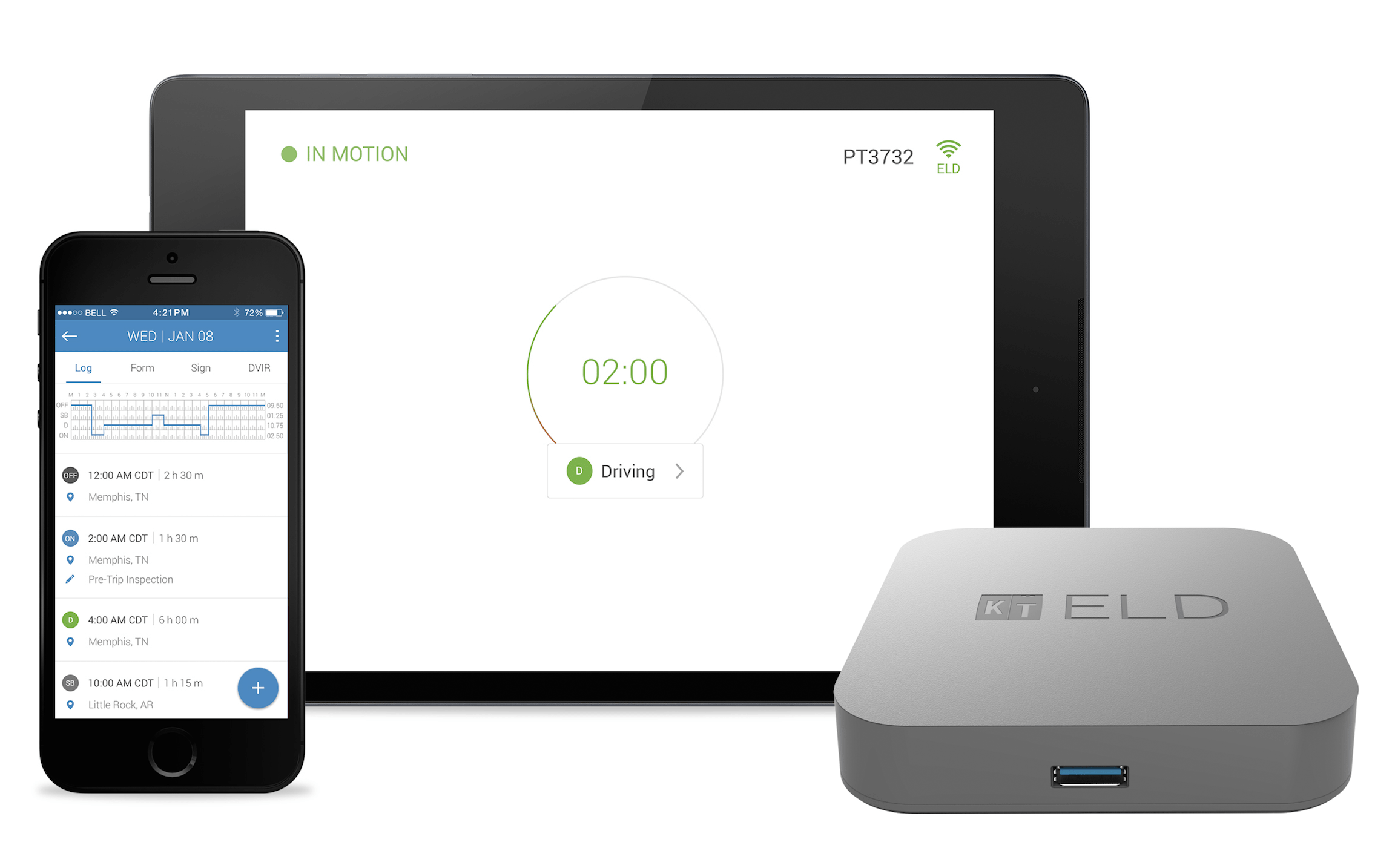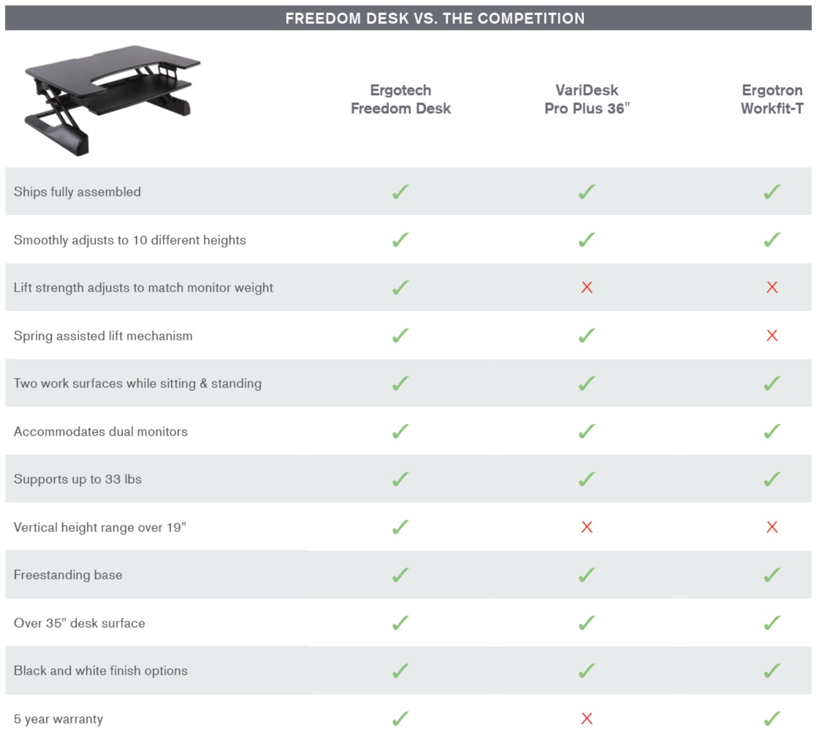 The ELD mandate is here – requiring every commercial truck operating on US highways and roads to have an electronic logging device to record hours of service. Your phone or tablet has gone from a personal device to a required device for every trucker, causing the need for a method of mounting your smartphone or tablet while your vehicle is in motion.
The ELD mandate is here – requiring every commercial truck operating on US highways and roads to have an electronic logging device to record hours of service. Your phone or tablet has gone from a personal device to a required device for every trucker, causing the need for a method of mounting your smartphone or tablet while your vehicle is in motion.
We have a wide selection of cupholder mounts, no-drill mounts, suction cup mounts, and more at our website below.
www.MountMyMonitor.com/ELD_Mounts
About the ELD Mandate
In 2012, the United States Congress enacted the “Moving Ahead for Progress in the 21st Century” bill, or, more commonly referred to as MAP-21. That bill included a provision requiring the Federal Motor Carrier Safety Administration (FMCSA) to develop a rule mandating the use of Electronic Logging Devices (ELDs). In its simplest form, an electronic logging device is used to electronically record a driver’s Record of Duty Status (RODS), which replaces the paper logbook some drivers previously used to record their compliance with Hours of Service (HOS) requirements.
https://www.fmcsa.dot.gov/sites/fmcsa.dot.gov/files/docs/FMCSA-ELD-Final-Rule_12-10-2015.pdf

Electronic Logging Devices: What You Need to Know
Many drivers and fleets were using automatic on-board recording devices (AOBRDs). While differences among these devices abound, they share a few elements in common:
- They track a driver’s Hours of Service electronically
- They need to be “integrally synchronized” with a truck’s engine, making sure drive segments are captured
- Most pass data to a system where a safety or fleet manager can see e-logs in a near real-time basis, allowing everyone to be on the same page
Trucks and fleets that have installed ELDs in their commercial motor vehicles can monitor and record an abundance of data about the vehicle and its driver that goes beyond RODS including Driver Vehicle Inspection Reports (DVIR) and IFTA automation, driver behavior reporting on speeding, idling and hard breaking, and integrated maps with route solutions to help drivers navigate around construction and avoid high-traffic areas. Many fleets are already seeing the benefits of ELDs:
- Save driver time by reducing paperwork
- Keep a dispatcher up-to-date on a driver’s status, letting them plan for loads better in light of HOS compliance needs
- Reduce the hassle of keeping a paper log – something that e-log converts never want to return to.
However, ELD’s should not be confused with AOBRD’s (Automatic On-Board Recording Devices), which are automated and verifiable, but many do not meet the mandate’s requirements. If you are still currently using an AOBRD, it is suggested that you check for its compliance or upgrade to an ELD compliant device, as the deadline has passed. The Commercial Vehicle Safety Alliance (CVSA) began officially issuing penalties for non-compliance back in April of 2018. ELD non-compliance can lead to several issues, from fines ranging from $1,000 to $10,000 to being issued violations that puts drivers out of service. Don’t let you or your drivers get caught roadside in non-compliance.

Are You and Your Fleet ELD Compliant?
The FMCSA is very specific about their requirements for Electronic Logging Devices. In addition to the proper ELD device, your fleet should also have access to the following at all times:
- The operational manual.
- Instructions for the type of data transfer tools used for your device.
- Instructions for what to do in the event of an ELD malfunction.
- A back-up supply of paper for printing RODS graphs for at least eight days.
Here’s what’s also required of your ELD device by the FMCSA:
- It must use telematics technology or local transfer of data. You can use either or both of these two options when transmitting data via ELD software. Telematics technology allows for electronic transmission of data to an authorized safety official by web-based services or e-mail. The local transfer option allows for the transmission of ELD data via USB 2.0 or Bluetooth technology. In the case of an ELD compliance safety investigation, the data must be viewable by authorized safety officials via printout or a digital display.
- It must make automated entries. ELD compliant devices must begin tracking and recording driver activity automatically. The dated Automatic On-Board Recording Devices must be manually set to record data at a certain speed, while ELD compliant devices start recording data and engine diagnostics when the engine is turned on. Automated entries allow for continuous recording of driver behavior and engine diagnostics data, which is very useful in successfully managing your fleet.
- It must have a duty status graph. The duty status graph is a visual display of a driver’s activities. Your ELD device must be able to populate this data in graph form on demand. It must include detailed information regarding the driver’s activity. It should generally provide data that shows when the driver is on or off duty, driving or not and their location.
- It must have the ability to make annotations and edits. An annotation to an ELD record means that you’re including a related note. An edit to an ELD record means that you’re including additional data, but not overwriting already stored data. Any edits made to ELD data must be annotated to provide an explanation about the reason for the change. Annotations and edits to ELD data must only be done in order to correct mistakes or to include missing information.
- It must have engine diagnostic data detection capabilities. ELD Devices used by commercial motor carriers must be able to detect vehicle engine diagnostics. Your electronic logging device should be able to automatically detect malfunctions, positioning, power-related data misinformation, data synchronization, etc. This ensures that data is being captured based on the driver’s activity as well as the commercial vehicle’s engine and its performance.
Mount My Monitor is Here to Help!
In 2020, the focus for the FMCSA’s ELD mandate operations seems to be on enforcement and full compliance. The transition has been gradual, as it has been five years since ELD’s have been required of CMV carriers in providing RODS. The best plan of action for forward-thinking fleet managers is to source out an easy and economical solution. In writing the ELD rule, the FMCSA is aware of the cost burden it could be putting on fleets. To address those ELD cost concerns, the FMCSA has provided that smartphones, tablets, and rugged handhelds can be used as long as the system as a whole meets ELD requirements, including a hardwired connection to the truck’s engine. As an added benefit truck drivers have found smartphones easy to use and allows them the flexibility to choose from a wide range of mobile devices.
Not only can truck drivers choose from a wide range of mobile devices they are also able to choose from a wide variety of mobile mounts. At mountmymonitor.com we work closely with top accessories providers, like RAM Mounts and The Joy Factory to ensure compatibility of varied devices with multiple mount and base designs to fit the individual needs of the fleet drivers. Built to vehicle specifications and manufactured to withstand harsh environments, you can install the ELD mount directly into a dashboard or adhere to a cup holder or dash bar or even suction cup your ELD mount to the windshield or side window.
ELD in 2020 is all about enforcement, so it’s important for you to move quickly toward compliance. Finding an industry leader, with the tools you need and service you can depend on, should be your first move!




 The ELD mandate is here – requiring every commercial truck operating on US highways and roads to have an electronic logging device to record hours of service. Your phone or tablet has gone from a personal device to a required device for every trucker, causing the need for a method of mounting your smartphone or tablet while your vehicle is in motion.
The ELD mandate is here – requiring every commercial truck operating on US highways and roads to have an electronic logging device to record hours of service. Your phone or tablet has gone from a personal device to a required device for every trucker, causing the need for a method of mounting your smartphone or tablet while your vehicle is in motion.



 The Freedom Sit to Standing Desk is the newest addition to our sit to stand workstation category. We here at mount my monitor strive to provide our customers with only the best mounts the marketplace has to offer. Not only is this new addition to our store top quality it is also our most economical sit to stand solution. Perfectly priced for home or office.
The Freedom Sit to Standing Desk is the newest addition to our sit to stand workstation category. We here at mount my monitor strive to provide our customers with only the best mounts the marketplace has to offer. Not only is this new addition to our store top quality it is also our most economical sit to stand solution. Perfectly priced for home or office.







Recent Comments